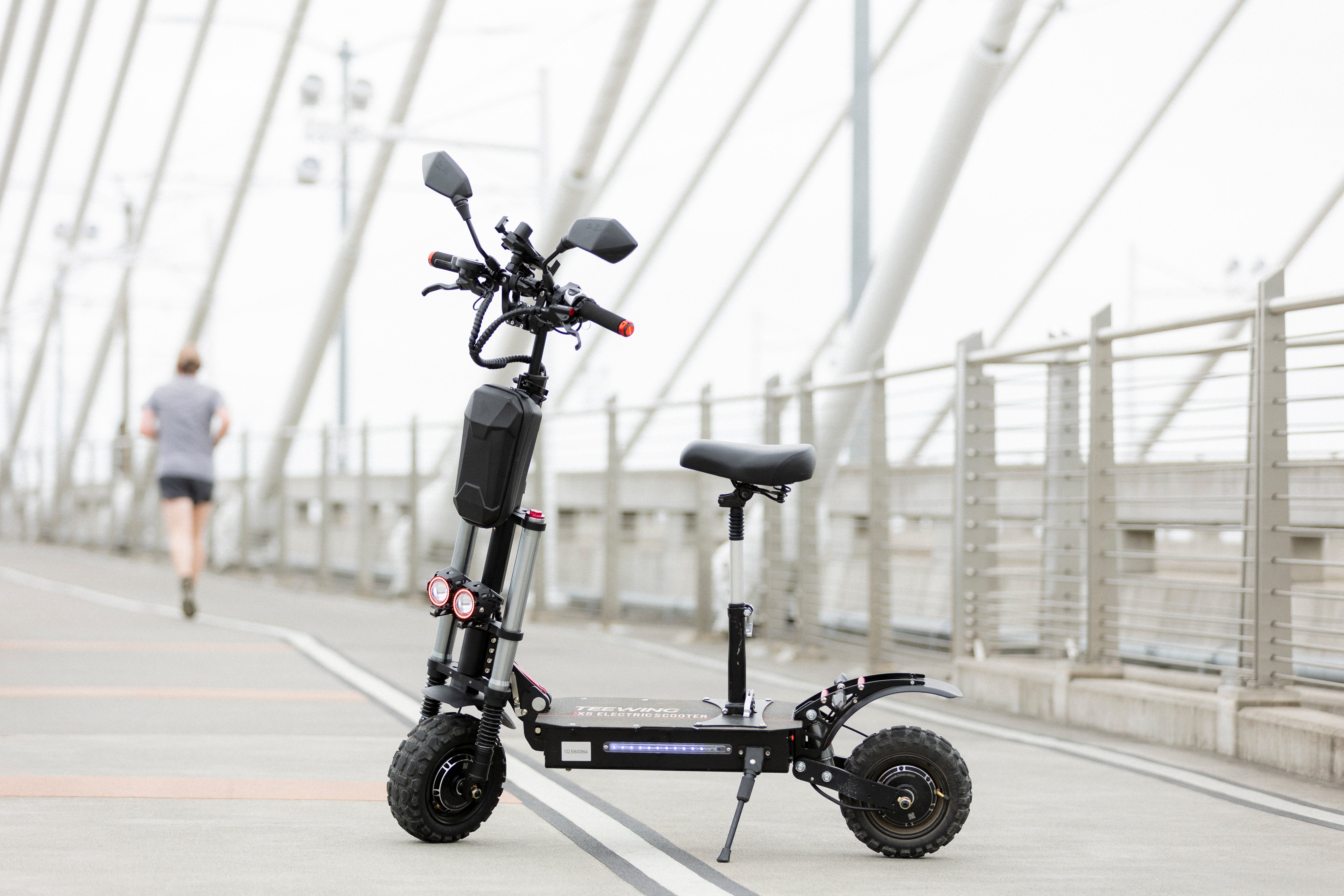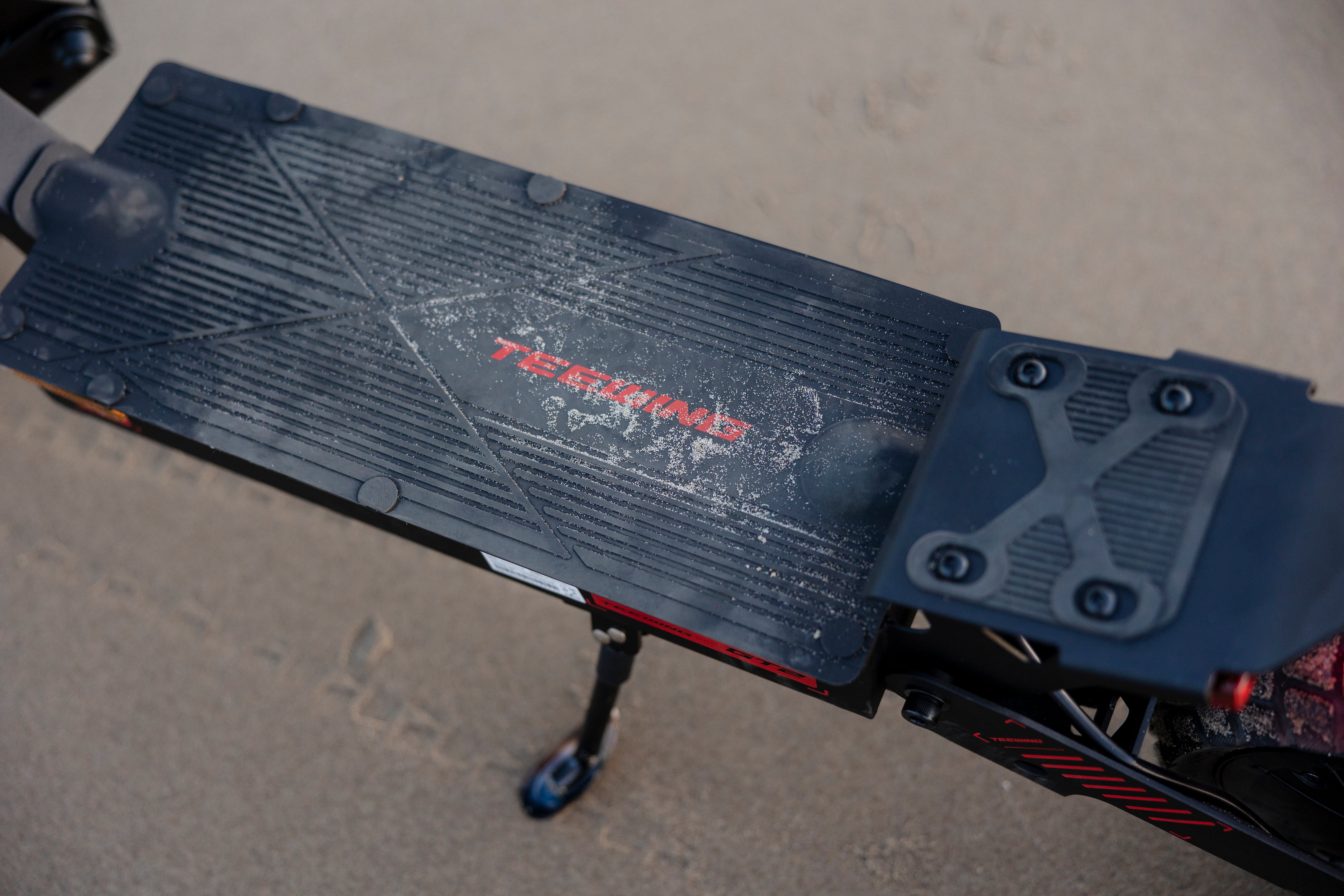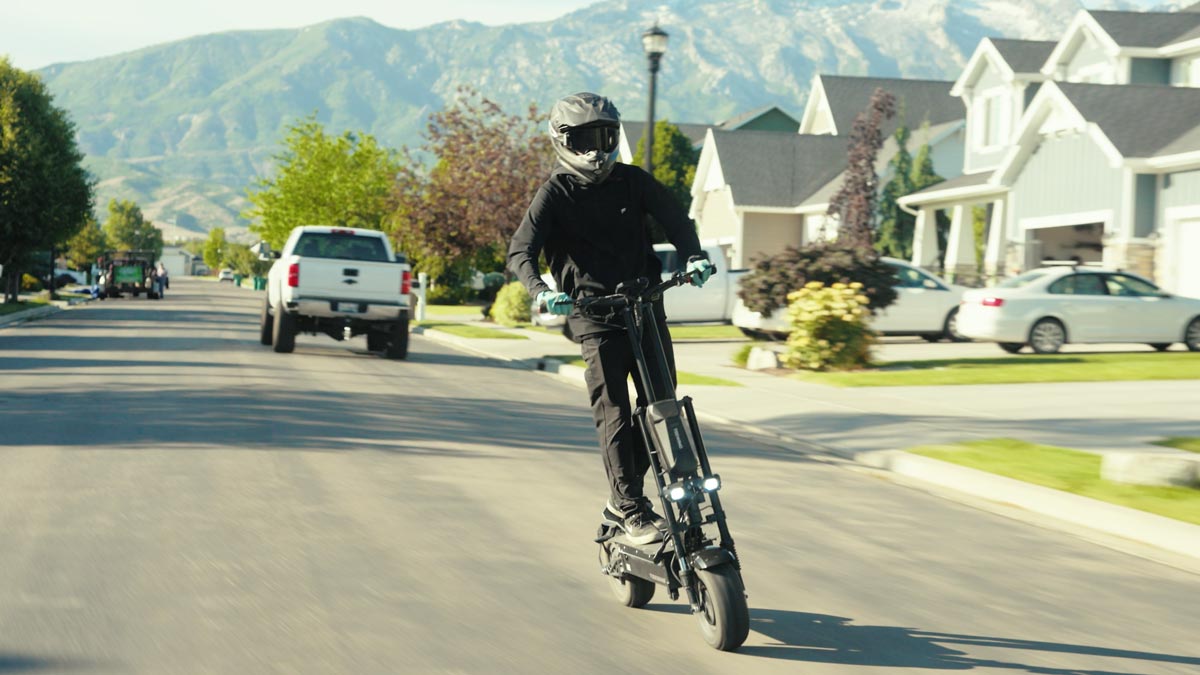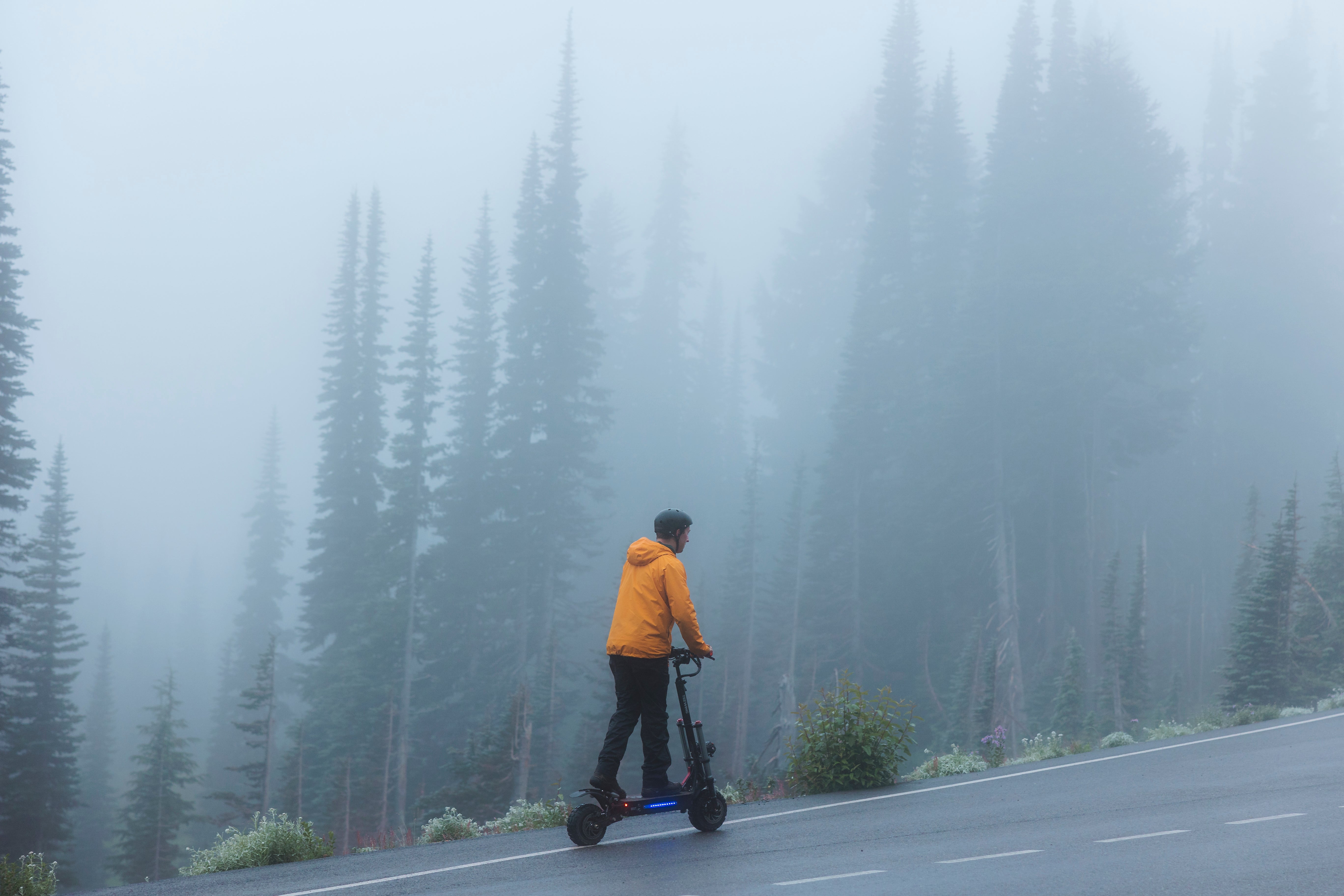Electric scooters have gained immense popularity as a convenient, eco-friendly transportation alternative. However, misconceptions still surround these motorized vehicles, preventing some potential riders from making the switch. In this article, we’ll debunk common myths and reveal the facts about electric scooters, helping you make an informed decision.
Myth #1: Electric Scooters Are Just Toys
Fact: While early models were primarily designed for leisure, modern electric scooters are built for commuting, adventure, and serious transportation needs. Many high-performance models feature dual motors, long-range batteries, and durable frames, making them a viable alternative to cars or public transit. If you're wondering what is an electric scooter, it's much more than just a toy — it's a reliable mode of transport.
Myth #2: Electric Scooters Have Limited Range
Fact: While range depends on the model and battery capacity, many electric scooters can travel between 25 to 60 miles on a single charge. Long-range e-scooters are designed specifically for extended commutes, and dual-motor options offer more power and efficiency. Understanding how electric scooters work can help you select the best one for your needs.
Myth #3: E-Scooters Are Too Slow to Be Practical
Fact: Speed varies by model, but many electric scooters can reach speeds of 25-40 mph, with high-performance models exceeding 50 mph. These speeds make them competitive with bicycles and even some mopeds for urban commuting. All about electric scooters includes knowing that they can be just as efficient as other personal vehicles.
Myth #4: Riding an Electric Scooter Is Dangerous
Fact: Safety largely depends on responsible riding and following traffic laws. Many electric scooters come equipped with LED lights, turn signals, and dual braking systems to enhance rider safety. Wearing protective gear, maintaining your scooter, and staying aware of your surroundings can significantly reduce risks. Among the many facts about electric scooters, safety features play a crucial role in making them a secure choice.
Myth #5: E-Scooters Don’t Work Well in Bad Weather
Fact: While heavy rain or snow isn’t ideal for riding, many electric scooters have IP water resistance ratings that allow them to handle light rain and wet roads. Proper maintenance, such as drying your scooter after wet rides, helps maintain its longevity. This is one of the electric scooter facts that potential riders should consider.
Myth #6: Electric Scooters Are Expensive
Fact: While high-end models can be costly, many affordable options provide excellent performance for commuters. Additionally, e-scooters save money on gas, parking, and public transportation costs, making them a budget-friendly investment in the long run. Among the facts about e scooters, affordability is one of their biggest advantages.
Myth #7: Charging an Electric Scooter Takes Too Long
Fact: Charging times vary, but most electric scooters recharge in 4-8 hours, similar to charging a smartphone overnight. Fast-charging models reduce downtime significantly, making them convenient for daily use.
Myth #8: E-Scooters Aren’t Built to Last
Fact: High-quality electric scooters feature robust frames, puncture-resistant tires, and advanced battery technology designed for durability. Regular maintenance, proper storage, and careful handling can extend the lifespan of your e-scooter for years.
Electric scooters are more than just a trend—they’re a practical, efficient, and sustainable mode of transportation. By separating myths from facts, you can confidently explore the benefits of owning an electric scooter. Looking for the best e-scooter to suit your needs? Check out our e-scooter collection to find the perfect ride for you!







